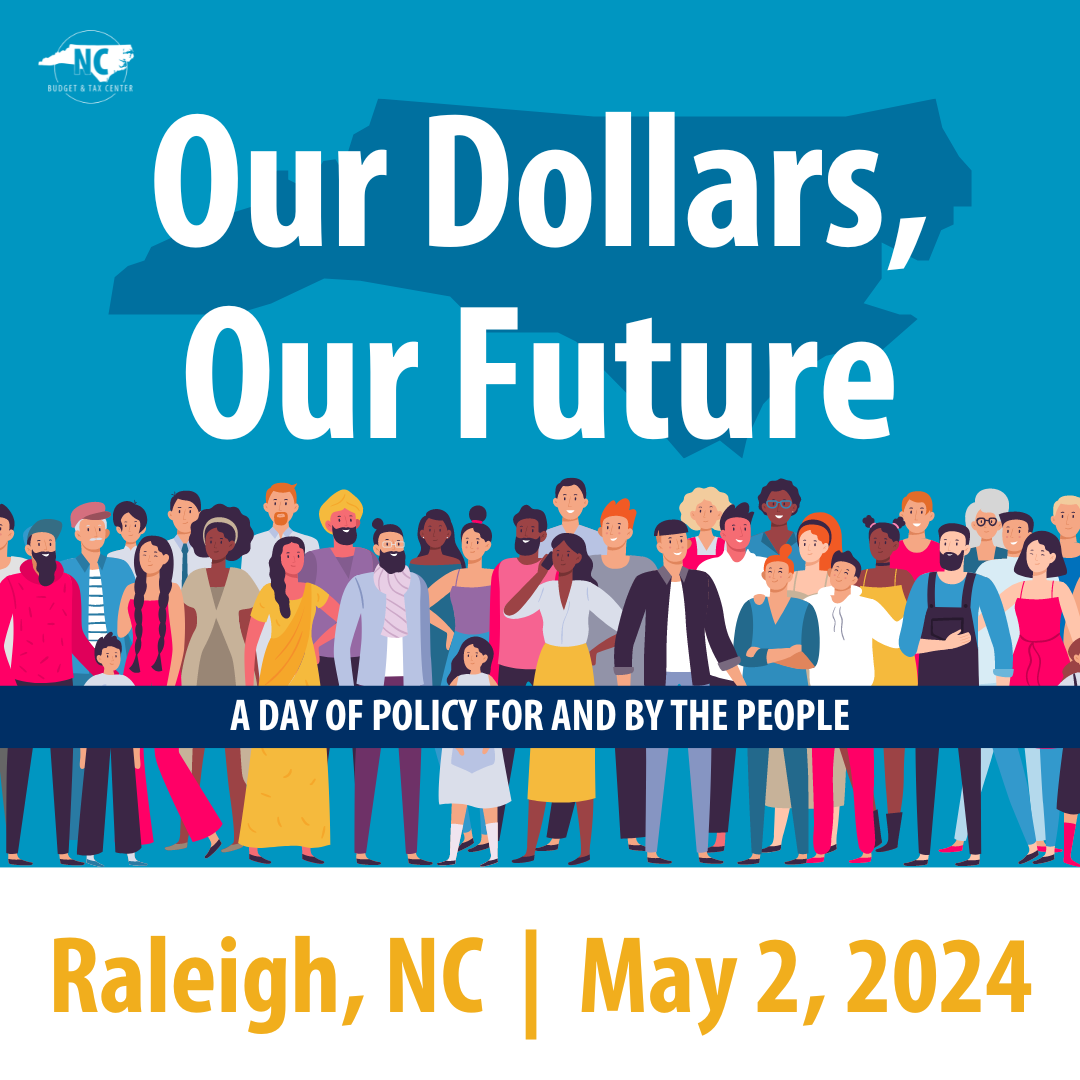
North Carolina’s poverty rate is a policy choice
The latest poverty data from the U.S. Census Bureau released last month shows that more than 1.3 million North Carolinians — including more than 380,000 NC children — were living below the federal poverty line in 2022. For a family of four, this is the equivalent of $27,750 in household income in a year — resources so low that families are forced to make impossible choices among buying groceries, paying rent, and meeting basic health care needs.
NC’s poverty and child poverty rates are higher than most other states, and low incomes are widespread
Sitting at 12.8% and ranking as the 16th highest poverty rate out of 50 states, North Carolina’s poverty rate is a sobering fact. But the topline rate obscures even more troubling findings:
— Child poverty is consistently higher than the overall poverty rate in North Carolina. At 16.9 percent, it was the 15th-highest child poverty rate in the U.S. in 2022.
— Six percent of North Carolinians live in what’s called deep poverty. These 620,000 individuals live below 50 percent of the federal poverty line — only $13,875 for a family of four.
— Altogether, nearly 1 in 3 people in our state are considered low-income, living below 200 percent of the federal poverty line.
There are more white North Carolinians living in poverty than any other racial group, nearly 600,000 in total. While white North Carolinians make up the plurality of those experiencing poverty in our state, American Indian, Latinx, and Black North Carolinians experience poverty rates higher than the state average. These persistent racial disparities reflect the structural barriers that block access to high-wage jobs, including inequitable access to postsecondary education and training, child care, and reliable transportation.
Median income in NC is unchanged since 2021, meaning it’s no easier for the average family to cover costs
In 2022, median household income in NC was about $67,500 — statistically unchanged from 2021 when adjusting for inflation. Median incomes increased 8.9 percent from 2021 to 2022, but with 8.6 percent inflation in the South during that same period, the average North Carolinian saw no gains in their ability to pay for basic needs.
In real terms, median household income has been essentially stagnant since before the Great Recession, increasing by only 6.5 percent since 2007.
The Supplemental Poverty Measure shows that NC’s poverty rate is a policy choice
In the context of a robust state economy, substantial state resources, and policy tools proven to raise children and families above the poverty line, it has perhaps never been clearer that a future with no child poverty in North Carolina is within our reach, if legislative leaders would choose to pursue it.
Recent data on NC’s Supplemental Poverty Measure (SPM) show the power of public policy to lift families out of grinding poverty. Since 2011, the U.S. Census Bureau has reported the SPM alongside the official poverty rate, as a more comprehensive measure of poverty. While the official poverty rate only includes cash resources, the SPM starts with cash income and then adds non-cash benefits — like tax credits, SNAP benefits, and housing subsidies — that are left out of the official measure. The SPM also subtracts necessary expenses like taxes and medical expenses.
Currently, only 3-year averages are available at the state level for the most recent data, meaning the SPM combines data for 2020, 2021, and 2022. While this can make it difficult to see the immediate impact of lost federal COVID relief in 2022, we can see that the difference between the official poverty measure and the SPM in North Carolina has been particularly wide since 2021. This reflects the life-changing influence of recent federal initiatives, such as the temporarily expanded Child Tax Credit, which provided monthly cash income to millions of low-income families with children who had previously been excluded from the program, among other improvements.
The SPM can also, of course, answer a parallel question: What happens to family incomes when successful policies are discontinued? Congress’s failure to maintain the expanded Child Tax Credit (CTC) in 2022 contributed to a historic increase in U.S. child poverty from 2021 to 2022, following what had been a historic low. More than 5 million fewer children would have been living in poverty nationally today if expanded eligibility for the CTC had been maintained. Instead, kids who need the Child Tax Credit the most are now excluded; because their families’ incomes were too low after Congress reverted to the old rules, 91% of children living below the poverty line were ineligible for the CTC in 2022.
Legislative action could prevent poverty in North Carolina, but the interests of corporations and the wealthy few are winning in Raleigh
After declining sharply by 2 percentage points from 2020 to 2021 — a period of time when the comparable 3-year average of the official poverty rate barely moved — NC's Supplemental Poverty Measure appears to have leveled off in 2022. As a state, we can learn from the clear successes of federal income supports, but we need not wait on a gridlocked U.S. Congress to ensure that families have the resources they need to meet basic needs.
Our legislative leaders could decide today to pursue a state-level Child Tax Credit — as 14 other states have already done — rather than pursuing tax cuts for the very wealthiest North Carolinians and most profitable corporations. But instead of using elected office to boost the well-being of their constituents, some NC lawmakers are using our budget process to pursue ever-lower personal income tax rates that overwhelmingly benefit the richest 20 percent of North Carolinians, alongside plans to eliminate the corporate income tax by 2030. All told, this agenda has put our state on track to lose $13 billion in annual revenue by 2031. That’s $13 billion less — in just one year — for the high-quality public goods and services that our families and communities need.
Whether white, Black, or brown, we all want our families to have the financial resources we need to put food on the table and pay our bills each month. When we make corporations and wealthy individuals pay what they owe in taxes — and use our state budget to fund life-changing policies like a state Child Tax Credit — we’ll have a North Carolina that lives up to our values and lets every child thrive.



